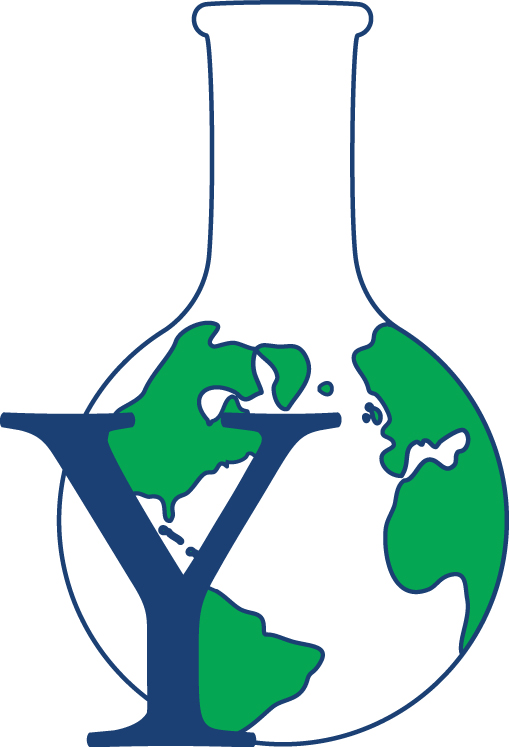Predrag Petrovic, Ph.D.
Associate Research Scientist
BS (Chemistry) - University of Belgrade, Serbia - 2008
MSc (Chemistry) - University of Belgrade, Serbia - 2010
Ph.D. (Chemistry) - University of Belgrade, Serbia and University of Strasbourg, France - 2014
PostDoc - Texas A&M University at Qatar, Doha, Qatar - 2015-2017
PostDoc - Yale School of the Environment, USA - 2017-2021
Predrag obtained his B.Sc. and M.Sc. degrees under supervision of Prof. Dr. Snezana Zaric, full professor at the Department of Chemistry, University of Belgrade, Serbia. His work was focused on studying noncovalent interactions in organometallic complexes mainly by analyzing crystal structures (deposited in Cambridge Structural Database) and modeling interacting systems by Orca DFT software package.
He obtained double Ph.D. degree in a joint project supervised by Prof. Zaric at University of Belgrade, and Dr. Jean-Pierre Djukic, Directeur de Recherches au CNRS, University of Strasbourg, France. His thesis was focused on the experimental and theoretical study of intermetallic interactions in organometallic complexes. Particular attention was placed on investigating the role of dispersion (London) forces in stabilization of aggregates of organometallic complexes in gas phase and solution, and collecting precise thermochemical data by Isothermal Titration Calorimetry. Some of the work was done in collaboration with Prof. Dr. Stefan Grimme (Mulliken Center for Theoretical Chemistry, Institut für Physikalische und Theoretische Chemie, Bonn, Germany) and the data was used for fine tuning and benchmarking the DFT methods developed by his group.
In 2015, he started his first postdoctoral position at the Texas A&M University branch at Doha, Qatar (TAMUQ) in the groups lead by Prof. Dr. Edward Brothers and Prof. Dr. Milivoj Belic. During the two years he spent there he was involved in several projects using the Gaussian DFT software package and high performance computing resources of the TAMUQ. He worked with Prof. Anastas and Prof. Brothers on investigating and modelling the possible structure of Co-dppe catalyst and the role of the dppe ligand in the mechanism of Water Oxidation Catalysis reaction. With Prof. Brothers and Prof. Zaric (a visiting professor at TAMUQ) he worked on modeling the mechanisms of C-H bond activation reaction catalyzed by neopentylidene titanium complexes, and on researching the role aromatic and nonaromatic amino acid side-chains play in the aggregation of β-amyloid plaques. He also worked on the investigation of interactions of graphene flakes and β-amyloid sheets with Prof. Belic and Prof. Zaric.
He joined Prof. Anastas’ group in August 2017, where he continues the work on the modelling the possible structure of the Co-dppe catalyst. He also uses computational tools, mostly available in (but not limited to) the Gaussian software package, to help solve problems posed by the experimental studies in Prof. Anastas’ group. His main focus is to set a foundation for the methodology that will help safer chemical and procedures design and comply with the 12 Principles of Green Chemistry by using existing computational tools.

